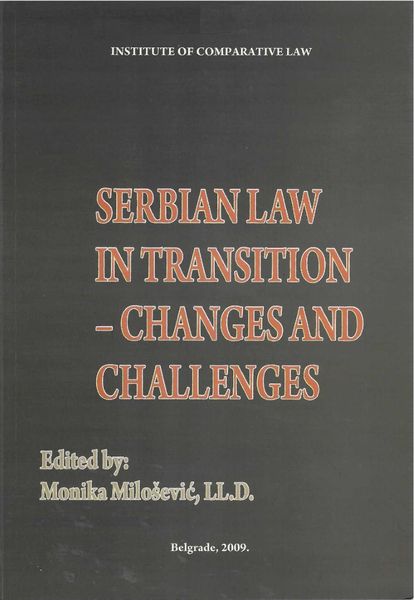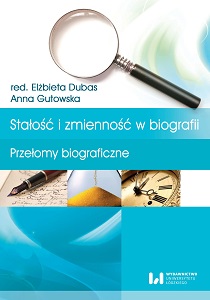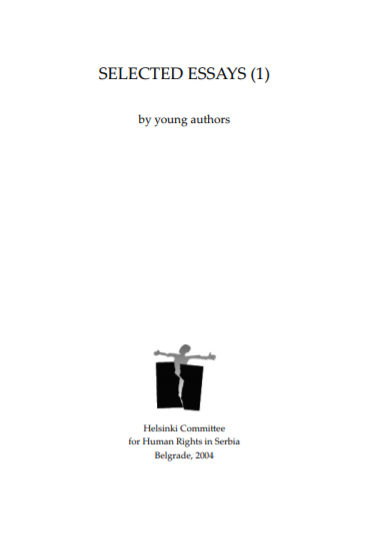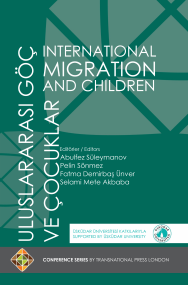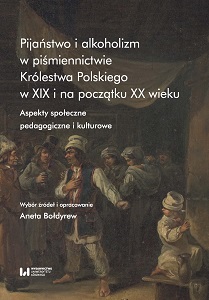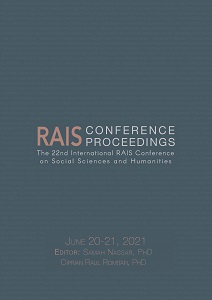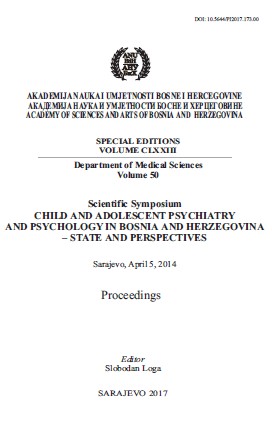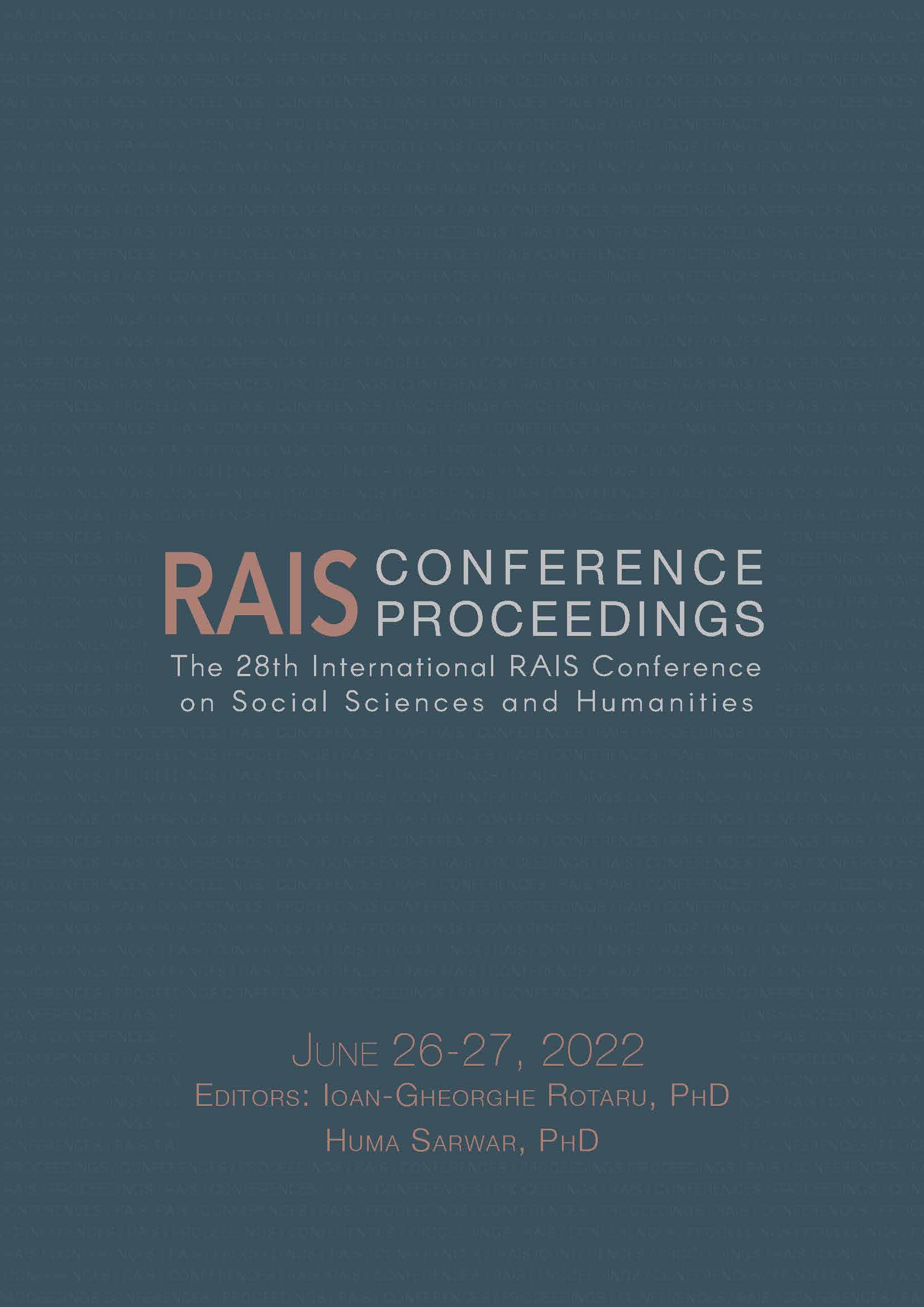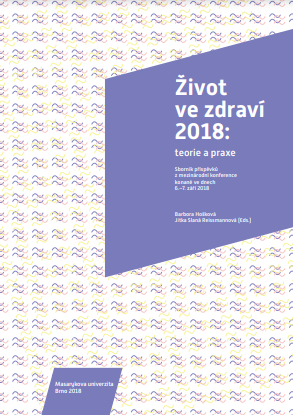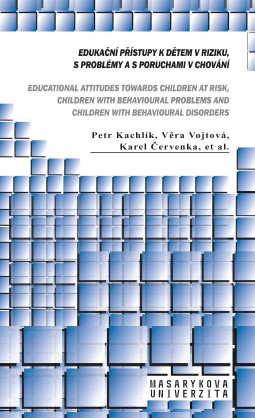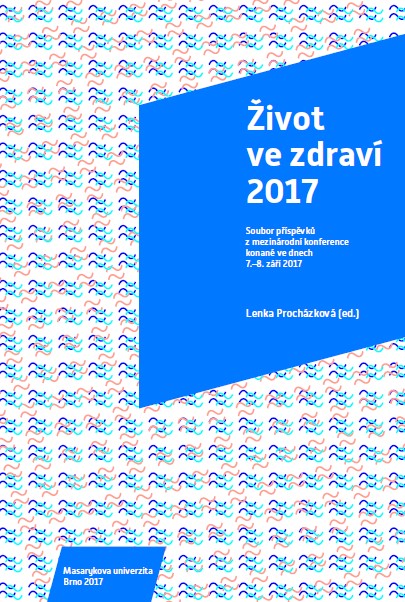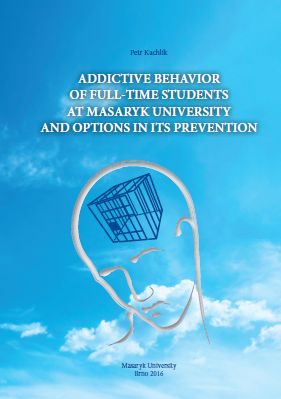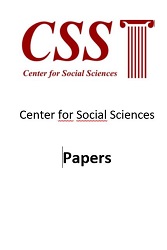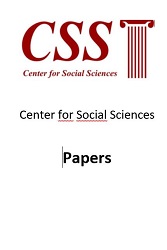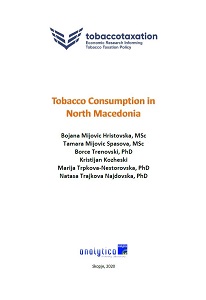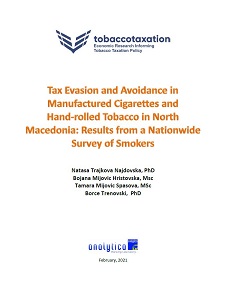Author(s): Petr Kachlík / Language(s): English
The publication presents in detail the research results of 3 unique studies on substance drugs, addictive behavior of non-substance nature and prevention of addictions in samples of full-time students at the Masaryk University. Th e text consists of a brief introduction to the issue, describing the situation in matters relating to substance abuse and behavior in the world, in Europe, in the Czech Republic and in selected segments of the sample—among university students and among persons with disabilities. It is followed by a section devoted to methodology—characteristics of applied research tools, selection and monitored samples, evaluated indicators and processing of collected data. Th e section containing research data, their description and interpretation presents the results in text and table form. In the discussion, the outcomes are compared with similar surveys by Czech and foreign authors. Th e results of the fi rst study showed that more than three quarters of the sample have previously used tobacco, only one tenth legally, almost 40% of the respondents smoked in the last week before the survey. Previous prevalence of experience with alcohol was 99%, only 3% of the sample consumed alcoholic beverages legally, women drank more occasionally, men regularly. Almost three quarters of the respondents admitted having drunk alcohol in the last week before the survey. Black coff ee was previously drunk by 80% of the sample, women are its more regular consumers, half of the respondents drank black coff ee in the last week preceding the interview. Prevalence of previous experience with marijuana was 60%, 25% for hashish oil and hashish. Marijuana was consumed in the last month by 16% of the sample, signifi cantly more by men, 4% used hashish and hashish oil, again with a predominance of men. Prevalence of previous experience with hallucinogens was 13%, higher among men, consumed by 1% of the respondents in the last month, particularly by men, mostly involving magic mushrooms. Depressant medications without a prescription were tried by 8% of the sample, nearly 1% in the last month, always dominated by women. A tenth of the sample had previous experience with club drugs, used by approx. 1% in the past month, mostly males. At least one life experience with the so-called “hard” drugs was reported by fewer than 5% of the respondents, mostly men, the fi rst contacts fell into the interval 15–18 years of age and in early adulthood, half of the sample tried 1–3 experiments. Th e respondents are most oft en persuaded to a drug experiment by friends, partner(s) and casual acquaintances. Th e drug use was usually a result of the need for recognition by others, curiosity, craving to evoke pleasant feelings, relieve stress and spirituality. Marijuana is considered the most readily available, dance drugs and hallucinogens are relatively easy to get. On campus, there has been activity of drug dealers. Attitudes of men to consumption of addictive substances are riskier than of women, in particular with regard to experiments with marijuana and other “soft ” drugs and their occasional use. Th e second study focused on addictive behavior of non-substance nature (computer, internet, online banking, slot machines, mobile phones, betting, shopping, borrowing money). | 152 | Prevalence of previous experience with gaming machines was 30%, 20% with gambling machines, more common among men. 80% played video computer/console games, the time spent playing daily was mostly one hour. Th e respondents most commonly used Internet to surf the web, email, social networking and chatting. Most of them are connected one to three hours per day, more than three-quarters of the respondents have encountered some type of risk on the internet (viruses, spam, phishing, pirated soft ware, presentation of racism and xenophobia). A third of respondents used their mobile phone up to one hour a day, mostly to make calls and send text or picture messages. More than 40% of the sample have bet before, 3% borrowed money because of play or bet, men more frequently. Th ey were mostly brought to playing or betting by friends and casual acquaintances, main reasons involved curiosity, craving to evoke pleasant feelings, stress relief, or quick profi t. Almost three quarters of the respondents used internet banking a few times a month, a third of the sample bought more expensive consumer goods that they did not necessarily need, 5% have taken consumer credit. Women admitted to incidence of eating disorders and having sought professional help because of it. Availability of advanced information and communication technologies is very easy for the respondents, availability of betting and slot machines is relatively easy, many of them do not see any potential risk of a bigger problem in their intensive use. Th e third study mapped activities and the level of drug prevention at the University. Virtually all students in the sample encountered addiction prevention in high school, but those were mostly sporadic and less complex activities without greater involvement of independent parties. More than a third of the sample evaluated the secondary prevention of addiction as useful, a similarly large group as unclear in focus, or as a complete waste of time. More than a fi ft h of the respondents encountered addiction prevention and prevention in elective courses, mainly at the faculties of Education, Computer Science, Medicine and Science. Preventive activities in dormitories, university education and special interest events were infrequent. Most widely used preventive actions include monologue lectures, with missing feedback and active participation of students in projects of prevention, the same applies to external experts or visits to specialized addictology facilities. Prevention is mainly focused on the issue of alcohol and tobacco addiction, it lacks continuity and systematic nature, the programs are rarely holistic in nature (substance drugs and various kinds of addictive behavior), taking place mainly at humanities faculties. Nearly two-thirds of the monitored group consider the university addiction prevention useful, though not always targeted, one third has no opinion, one tenth see it as vague, useless, or even as waste of time. More than 90 % of students would like the University to dedicate enough time and resources to prevention and to substantially improve the range of activities. A previous visit to the existing University Counselling Center was admitted by 3% of the sample, a third of the respondents would agree to extend its services with the issue of addictions. More than two-thirds of the students would move the counselling facility elsewhere (to dorms, faculty building, outside the university premises).
More...
